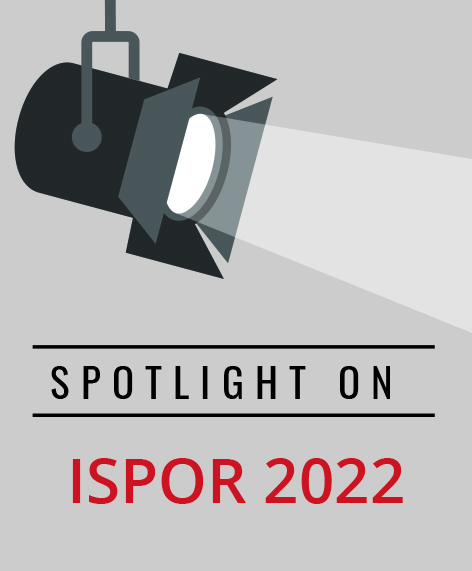Expanding Value Elements in HTA Frameworks: Should We Do It and How Much Should We Weight Them?
Mark Bounthavong, PharmD, PhD, UCSD Skaggs School of Pharmacy & Pharmaceutical Sciences, La Jolla, CA, USA
Current health technology assessments (HTAs) utilize regulatory approval evidence (eg, clinical trials) to inform decision and health policy makers about the cost-effectiveness and comparative effectiveness of therapeutic treatment strategies. However, this may lead to “suboptimal resource allocations and distorted signals to innovators,” according to Robert McQueen, PhD (University of Colorado Skaggs School of Pharmacy and Pharmaceutical Sciences, USA) moderator of this panel. Other value elements have been identified that may be equally meaningful such as real-option value, value of hope, scientific spillovers, and insurance value. Methods that include these other elements are in development; however, it is unclear how much weight society places on these additional elements for HTA research (Figure).
The ISPOR Value Flower captures many of these value elements with more being identified through empirical studies and supported by theoretical foundations.1 However, the pervading question remains, “What value elements matter to patients?” This question has generated much discussion and has researchers attempting to understand its implications on value interpretation across different perspectives. In this session, a 3-member panel tackled the issues of value elements and the associated weights society should place on them.
Samantha Roberts, PhD (National Institute for Health and Clinical Excellence [NICE], UK) provided an overview of NICE’s value framework highlighting the structural decision-making process where value elements outside of the typical set are considered. According to Roberts, “Reference case perspective reflects the objective of the English healthcare system to maximize ‘population health gains’ from available resources. Nonhealth outcomes and nonhealth areas of public spending are usually excluded.” Although healthcare technologies impact elements outside the health system, measuring all these benefits is nearly impossible. In NICE’s new methods and process manual, severity of illness would be considered; a severity modifier was introduced to assign additional weight to health benefits in the most severe conditions. Roberts ended her presentation with an example where the NICE performed a value assessment on the long-term value of new antimicrobials, which included additional elements of value (spectrum, transmission, enablement, diversity, and insurance value elements) and concluded by distinguishing between “What is of value?” and “Should that be funded?” that all decision makers should consider.
Jonathan Campbell, PhD, MS (Institute for Clinical and Economic Review [ICER], USA), began his presentation by introducing the ICER Value Framework, which takes the population-level perspective as opposed to trying to serve as a shared-decision making tool used by individuals and clinicians. Campbell highlighted 2 domains from the ICER Value Framework that go beyond the typical set of value elements in HTA, these are “Special Social/Ethical Priorities” and “Benefits Beyond Health.” By taking these value elements into account, ICER can address issues about the severity of the condition, magnitude of lifetime burden of illness, broader effects of patient’s ability to meet life goals, broader effects on caregiver’s ability to meet life goals, and the ability to help society reduce health disparities. Campbell concluded with a summary of ICER’s aims to update the current Value Framework to consider severity weighting, modified societal perspective, changes to thresholds, and connection with the patient experience. More importantly, ICER intends to encourage diverse discussion and deliberation surrounding how to properly weight these additional value elements.
Zolan Kaló, PhD (University and the Syreon Research Institute, Hungary) noted that the research and development trends have generated a need to extend the current value frameworks in order to capture the “full value” beyond the typical value element set. Kaló argued that the different perspectives of policy makers and pharmaceutical manufacturers can justify the need for additional value elements. Moreover, extending value frameworks will generate new challenges of value maximization, particularly for pharmaceutical companies as they manage diverse expectations in evidence requirements. This is germane to lower income countries where the pharmaceutical prices of higher-income countries are not affordable where the need for extended evaluation framework is paramount. Potential corruptions in pharmaceutical pricing and reimbursement decisions can be addressed with standardized definitional of value criterion, explicit weights, and explicit decision rules.
Various approaches have been described to address the need for additional value elements. However, there has been limited consensus on the best approach which necessitates the need for further discussion. This panel highlighted the importance for identifying appropriate weights for alternative value elements.
References
1. Neumann PJ, Garrison LP, Willke RJ. The history and future of the “ISPOR Value Flower”: addressing limitations of conventional cost-effectiveness analysis. Value Health. 2022;25(4):558-565. doi:10.1016/j.jval.2022.01.010


